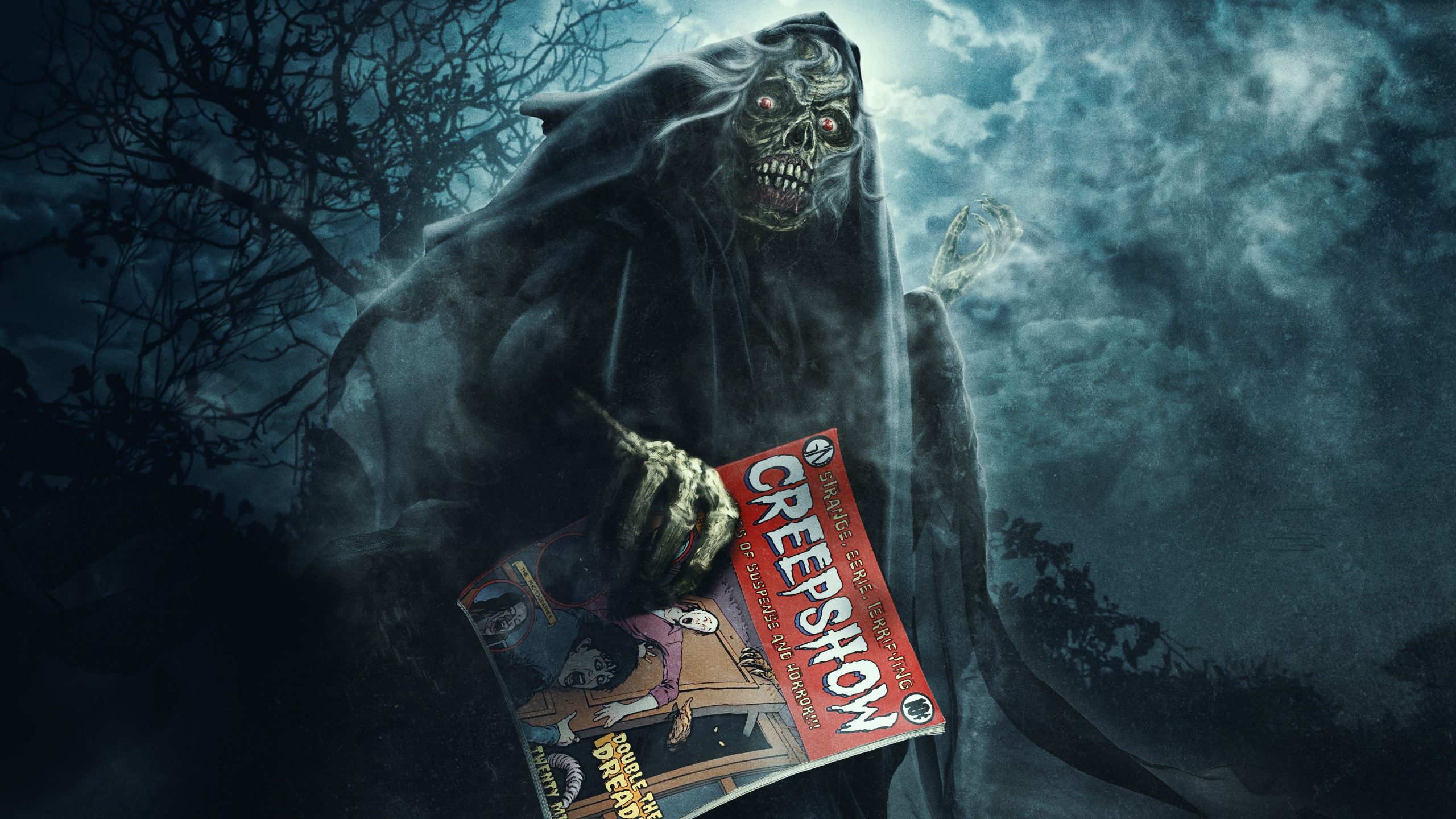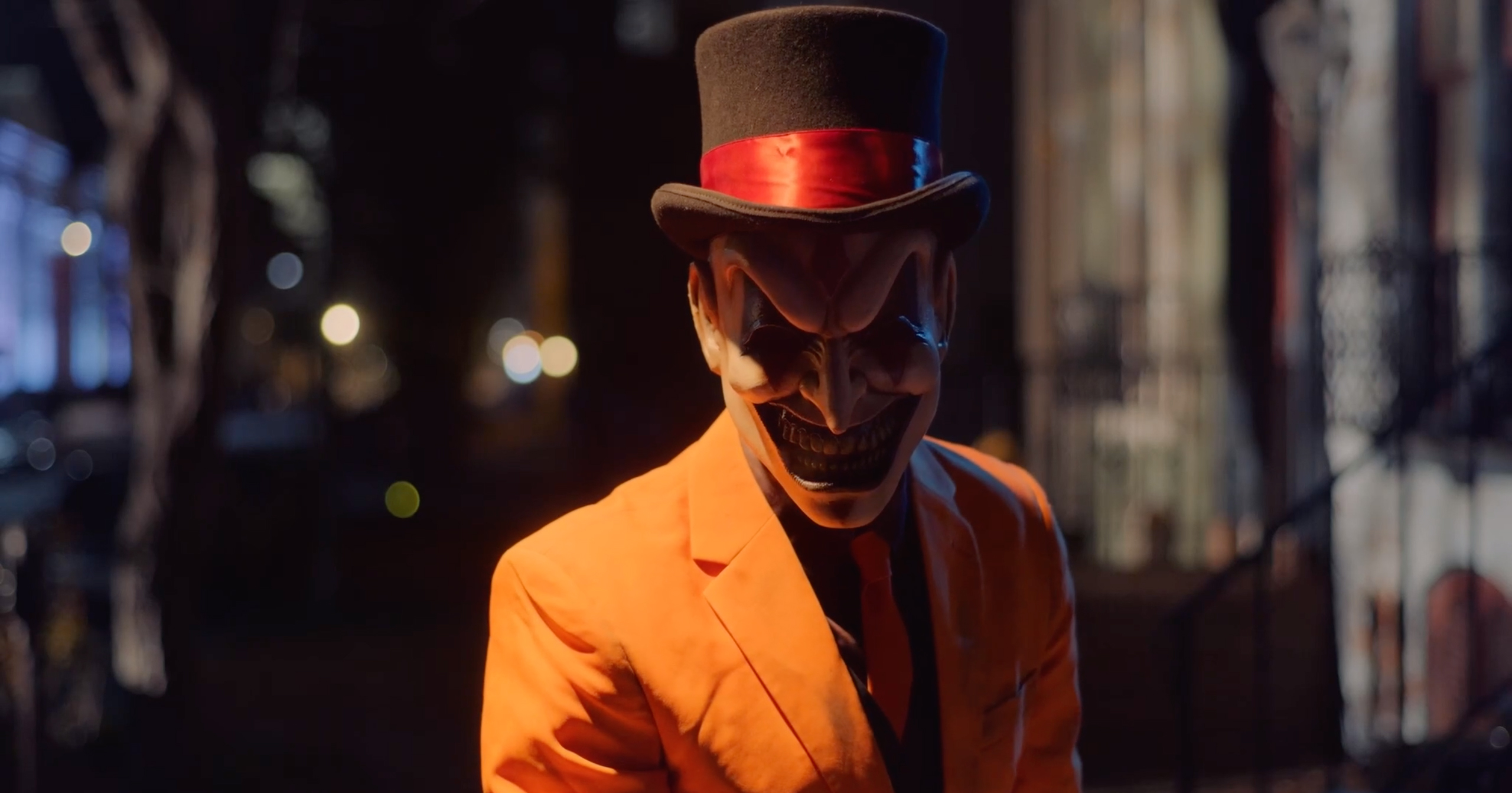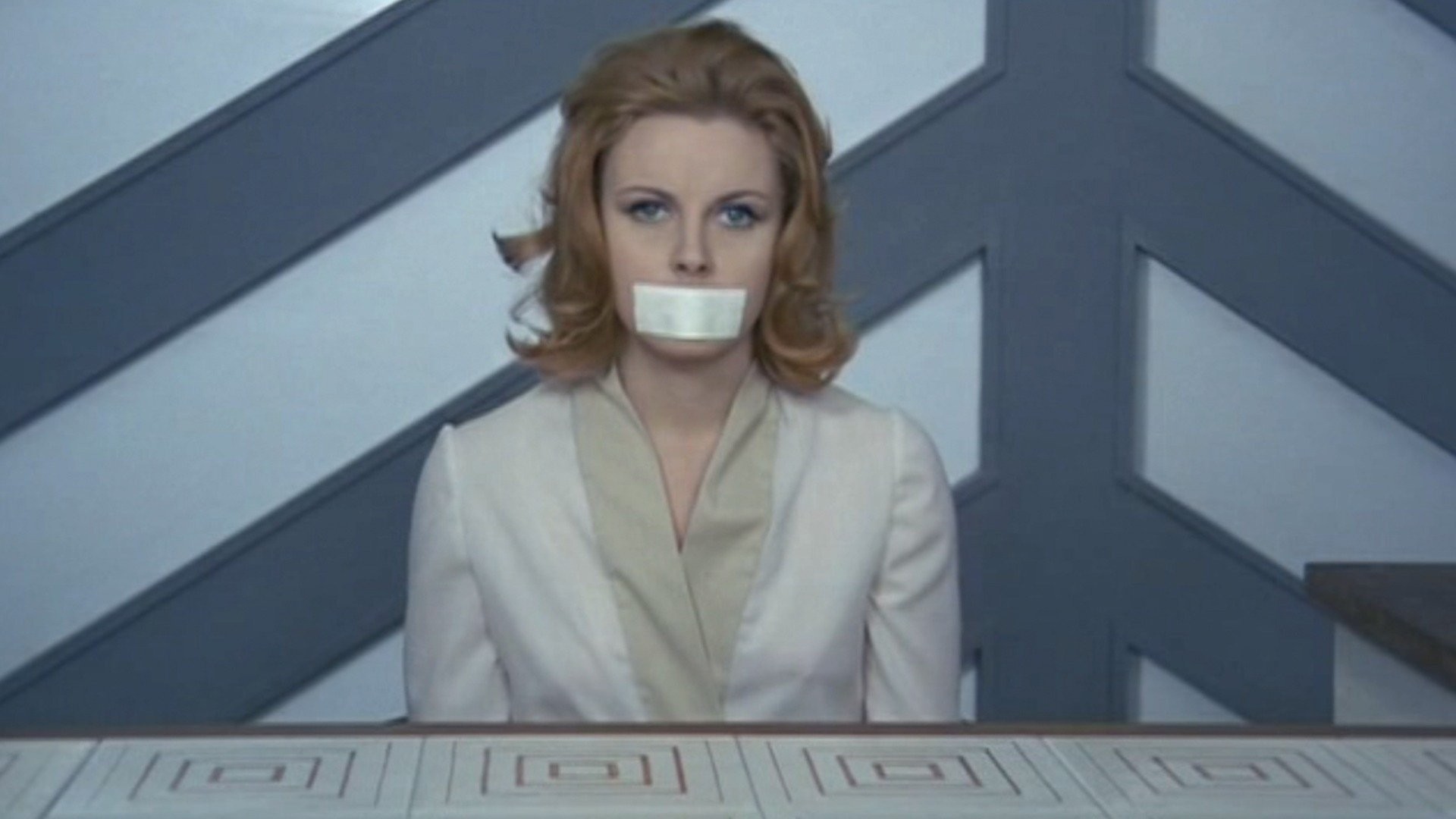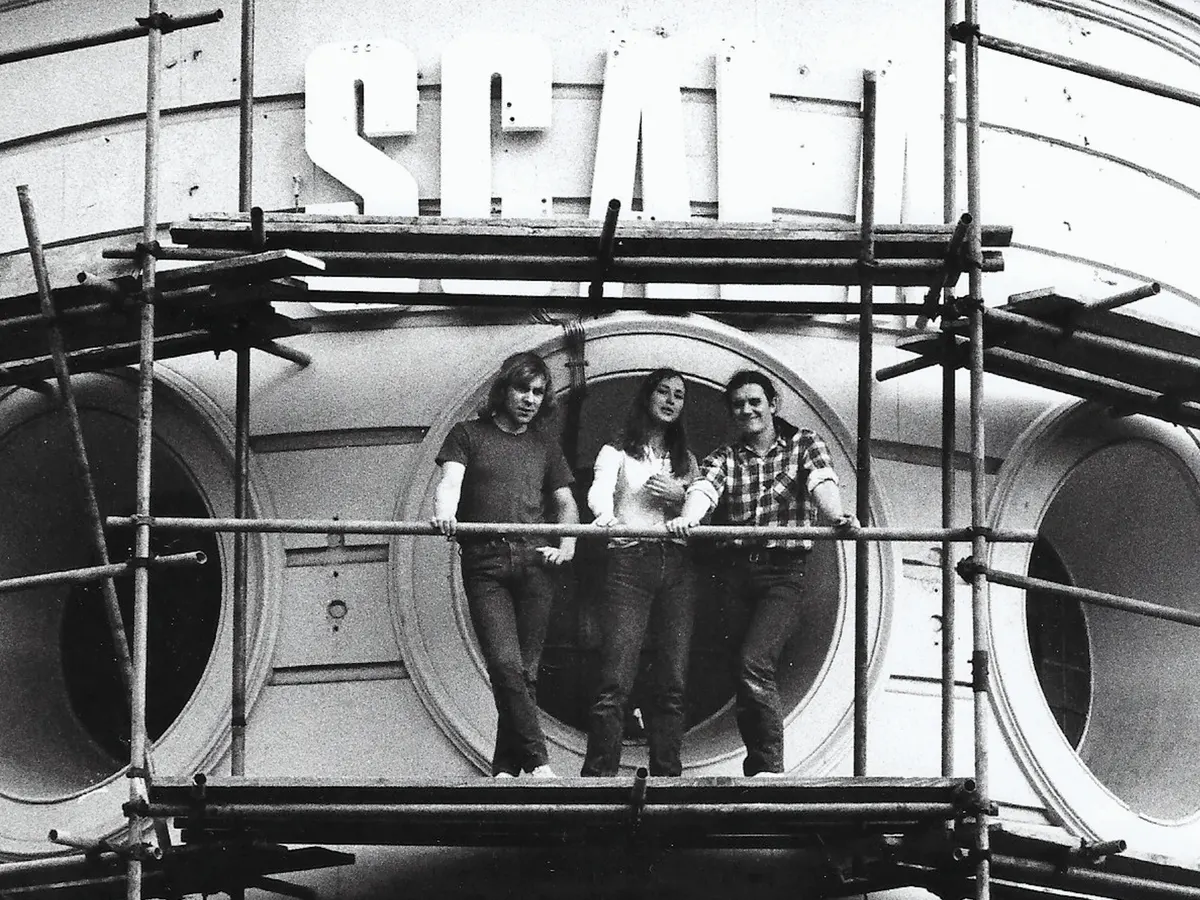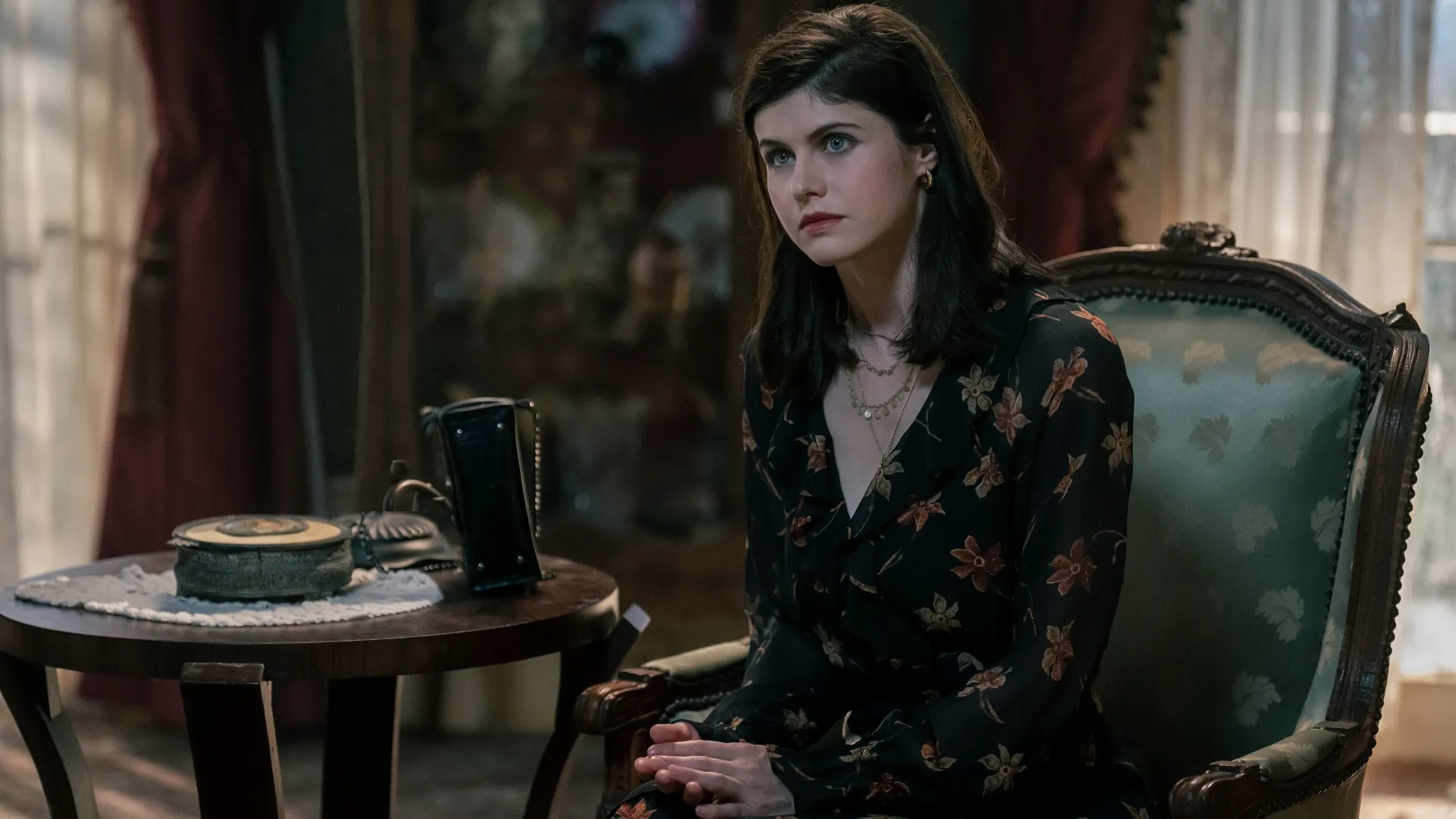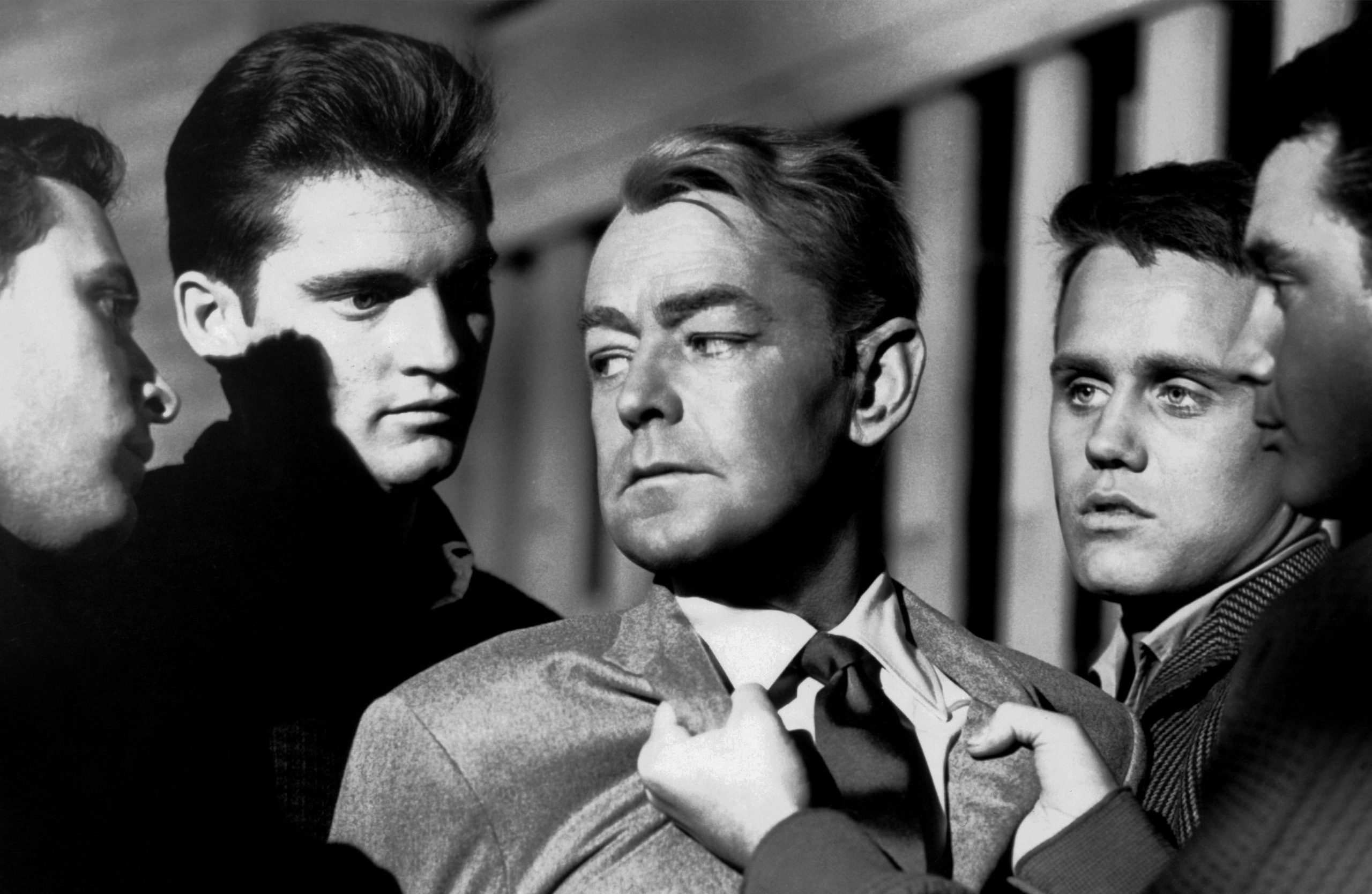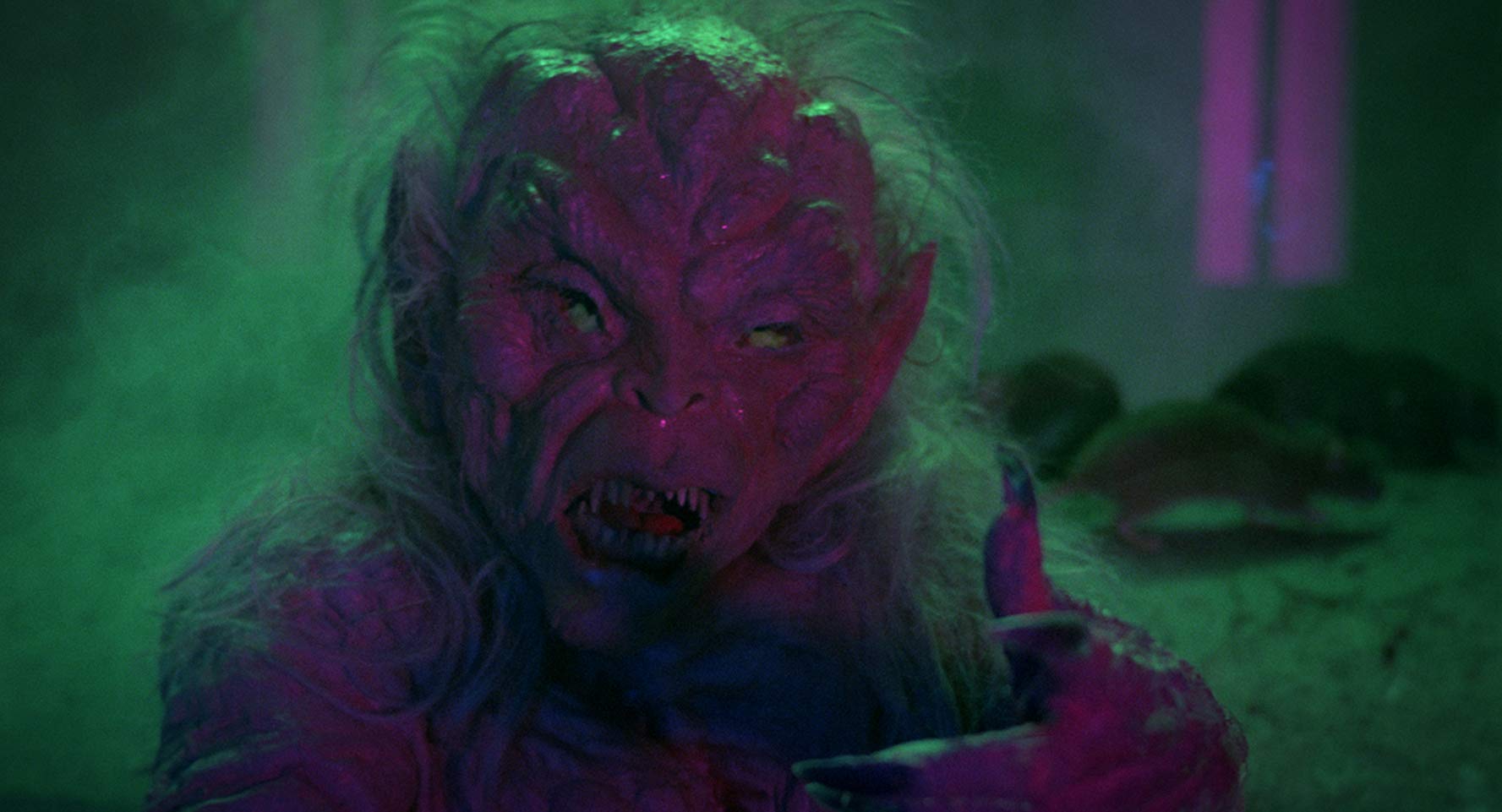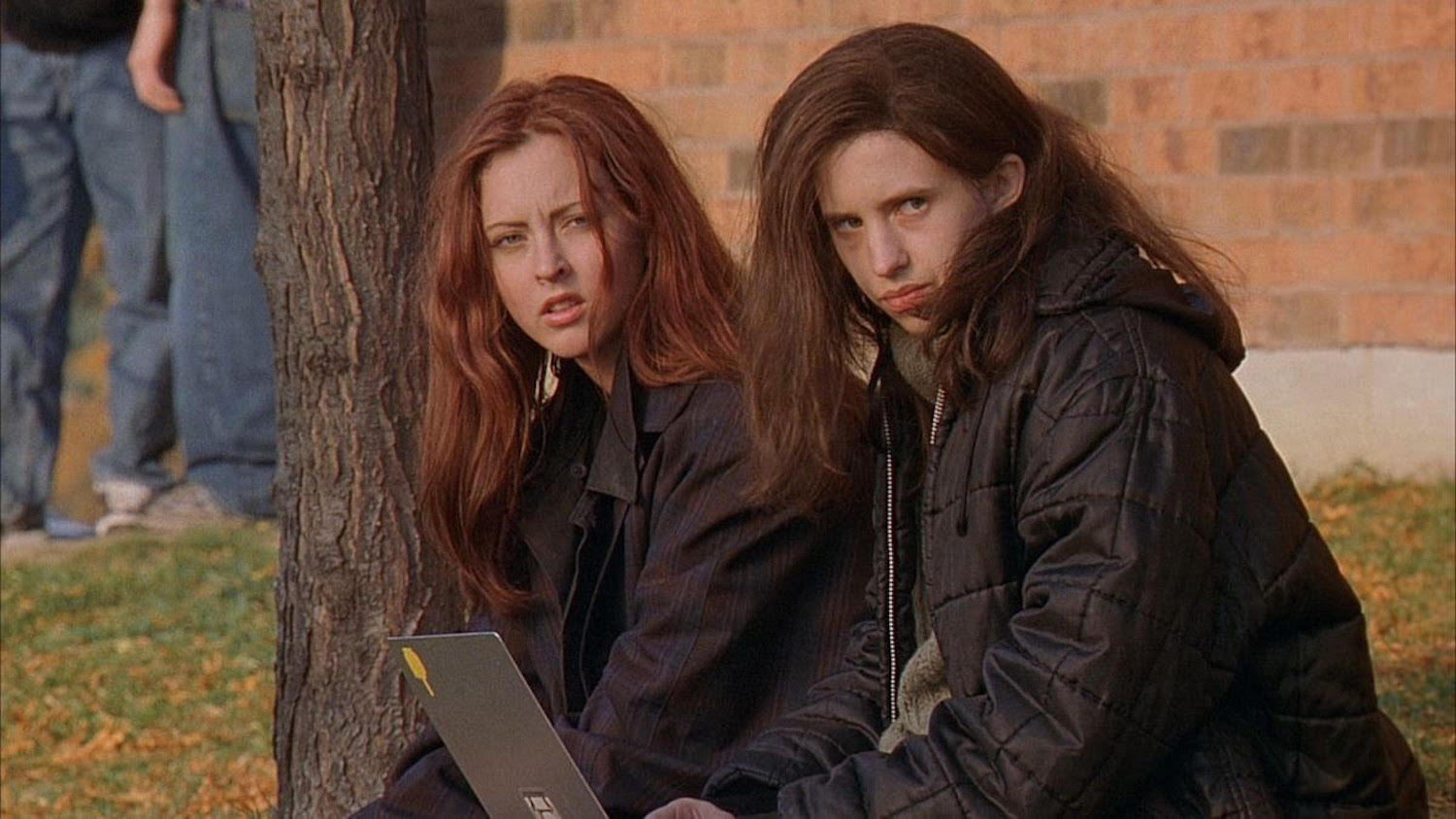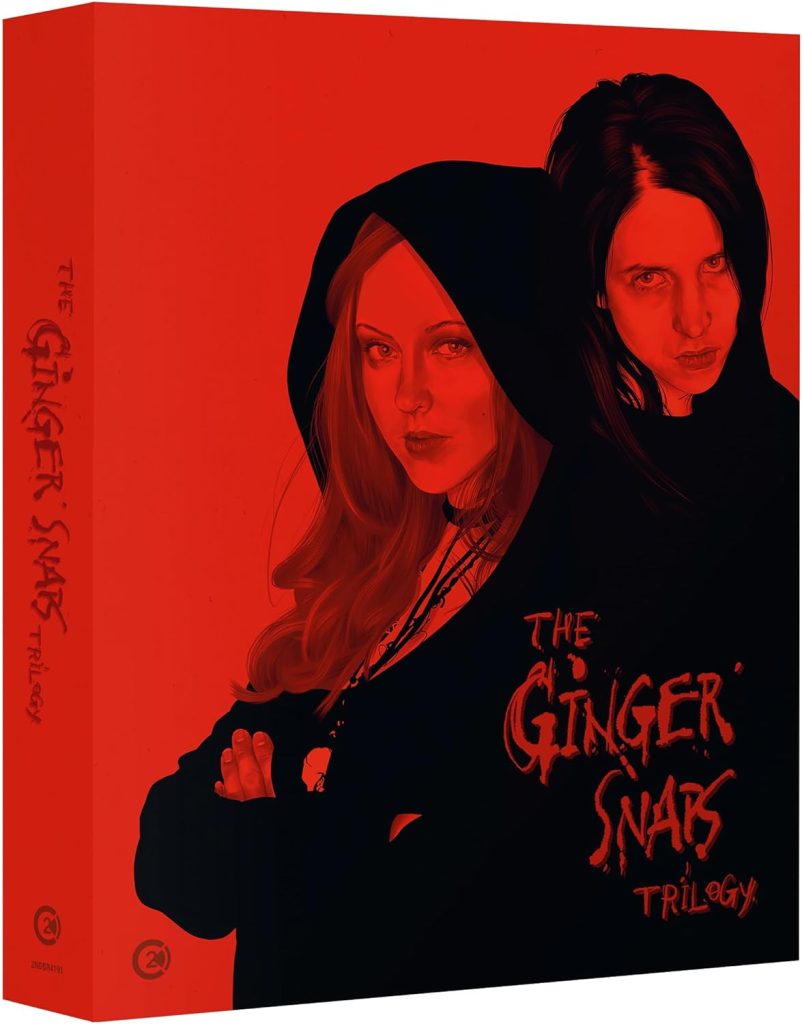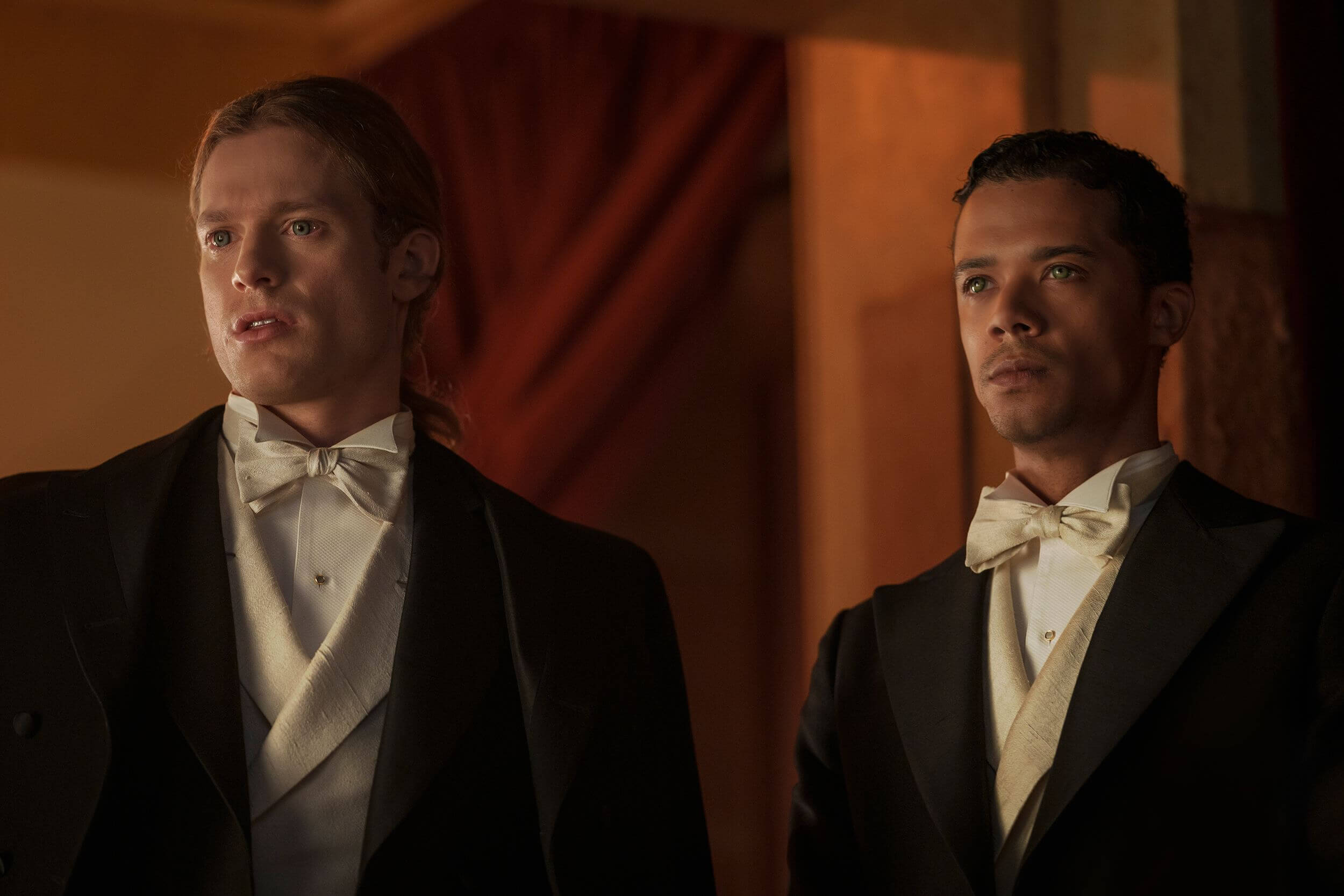Since its debut in 2019, Shudder’s Creepshow anthology series – based, of course, on the original 1982 film of the same name (and its two lesser-regarded sequels) – has become one of the most-anticipated staples of the TV genre calendar. The format is simple and yet hugely effective; each fifty-minute episode tells two ‘tales of terror’ framed by lurid cartoon illustrations in the style of the old EC horror comics of the 1950s. These are the stuff of classic horror featuring ghosts, vampires, werewolves, and zombies alongside an assortment of all-new grotesques and monstrosities. The tone is resolutely tongue-in-cheek despite some spectacularly gory practical visual effects (the emphasis here is very much on the practical, surely the influence of FX guru Greg Nicotero, who is one of the show’s exec producers), and many of the early instalments are based on short stories by the likes of Stephen King, Bruce Jones, Joe R Lansdale, and King’s prolific son Joe Hill. Blobby monsters, disembodied heads and assorted body parts, wolfmen, sinister scarecrows, and more populated the first series and this diet of the diabolical has continued throughout the run of the show, now comprising four seasons – 25 episodes, including two seasonal specials.
This new easily shelvable Blu-ray set (which includes commentaries and behind-the-scenes footage amongst its bonus material) collects all four seasons, and, in the nature of anthology shows, the episodes can be hit or miss with the caveat if you don’t like the current one, the chances are the next one will be more to your taste. But the hit-to-miss ratio is pretty good in Creepshow, with stand-outs including Season One’s Skincrawlers (leeches), Season Two’s Public Television of the Dead (Deadites) and Sibling Rivalry (vampires). Season Four keeps up the show’s tradition of arch, self-aware yarns with the likes of The Hat, in which a struggling writer achieves fame and fortune when he wears a hat previously worn by horror writer ‘Stephen Bachman’, Meet the Belaskos. in which vampires live uneasily alongside humans and George Romero in 3D!, in which the horror legend reappears to help a struggling bookstore owner fend off an attack by zombies.
Creepshow is a generally un-starry affair (although Keifer Sutherland voices a character in the animated special, and the occasional familiar face like Giancarlo Esposito, Michael Rooker, David Arquette, and Darcy Carden turn up here and there). There’s a whiff of the low budget about the series, but that’s really very much in the tone and purpose of the whole enterprise. Creepshow doesn’t take itself too seriously and offers up some clever, witty and occasionally stomach-troubling tales probably best appreciated by old-school horror fans.

CREEPSHOW Season 1 – 4 is available now on Blu-ray and DVD.

